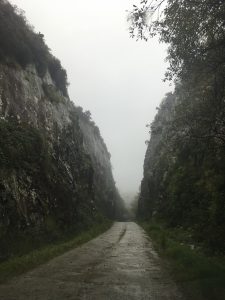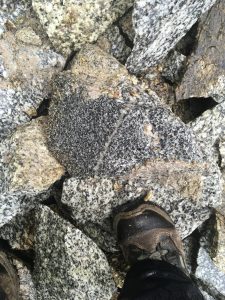Highlights: Granite, quarrying De Lank quarry has produced two mica granite, and some elvan, since the 1860s. Stone from the site has been used in parts of the Thames Embankment, London Bridge and the Lady Diana Memorial.

Location: SX 1014 7539
What’s nearby: Cheesewring, Delabole
Conservation: Situated on Bodmin Moor – an Area of Outstanding Natural Beauty
A footpath runs through the southern part of the site, passing around the active quarry. Care should be taken when walking around the site, and if the path is closed, no attempt should be made to access the area. The active quarry is off limits at all times.
Gallery of key features
Further Reading & References
- Selwood EB et al. 1998. The geology of the country around Trevose Head and Camelford: memoir for 1:50000 geological sheets 335 & 336, HMSO: London. [View Online]
- Stainer P. 1999. South West Granite: A History of the Granite Industry in Cornwall and Devon, R. Booth: Cornwall.












